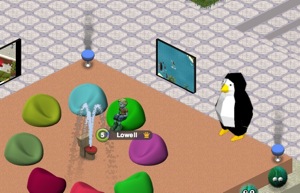
1. Looking for alternative to the now Linden Lab-owned online shopping option? Slapt.me has launched and has a fair sized inventory already. Given the ever-improving integration of the incumbent in Second Life, it’ll be interesting to see how much support there is for a competitor.
2. Metaplace have been focusing in a big way on enhancing the community aspects of the platform – earning coins for visiting other users’ worlds was a big step in that direction. Founder Raph Koster talks about the introduction of the Golden Egg.
3. Tateru Nino has a superb summary of why media releases get passed over.
4. Camp Pete is a new kids world aimed at USA-based juniors given the use of the work ‘football’ all over the site in context of their version of the game. It may be quite a fun world, though i always get nervous with statements like this:
University of Southern California Head Football Coach Pete Carroll has been called the ‘coolest 57-year-old kid in Los Angeles.’ He’s more in touch with technology than most teenagers. He was one of the first head coaches with his own Web site, the first to embrace Facebook, the first on Twitter, and now, Coach Carroll is the first Coach to have his own Virtual World for Kids.
Obviously the proof will be in the experience itself as to how kid-centred it is.

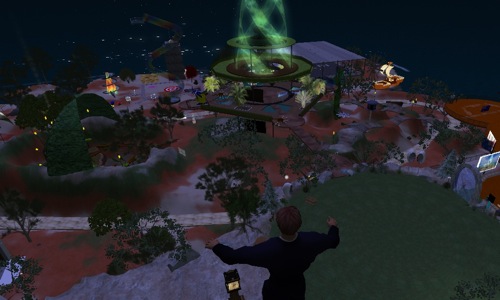
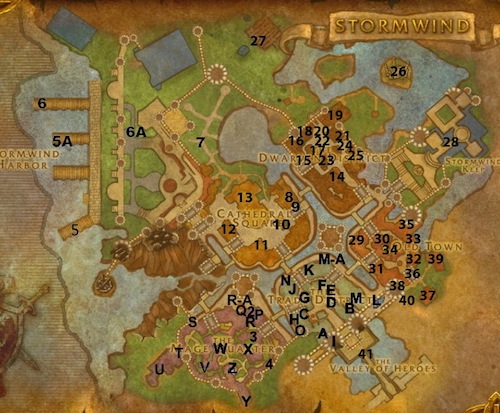

 However, it is psychologically damaging both in psychosocial relationships, employment responsibility and accountability and can even affect our general health to a large degree. You might therefore say that although substance abuse and gambling are faster and
However, it is psychologically damaging both in psychosocial relationships, employment responsibility and accountability and can even affect our general health to a large degree. You might therefore say that although substance abuse and gambling are faster and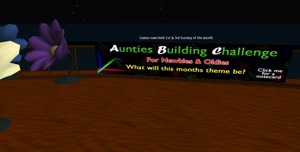 For anyone looking for something fun to do on Sunday night, try
For anyone looking for something fun to do on Sunday night, try 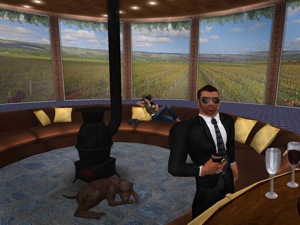 Back in May 2007 we
Back in May 2007 we 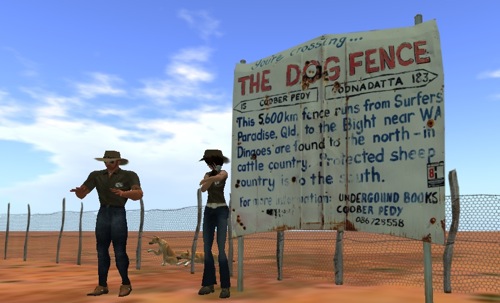

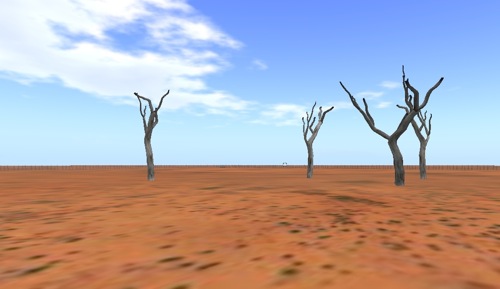
Recent Comments